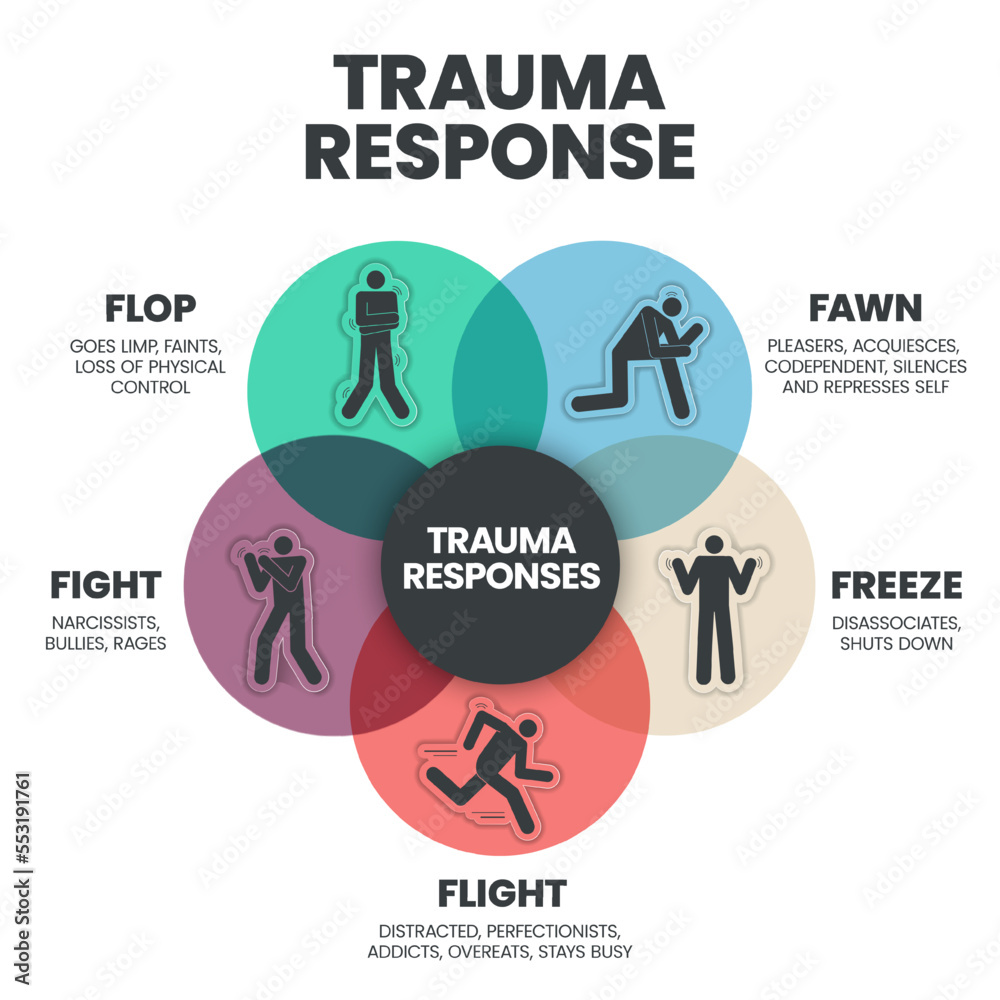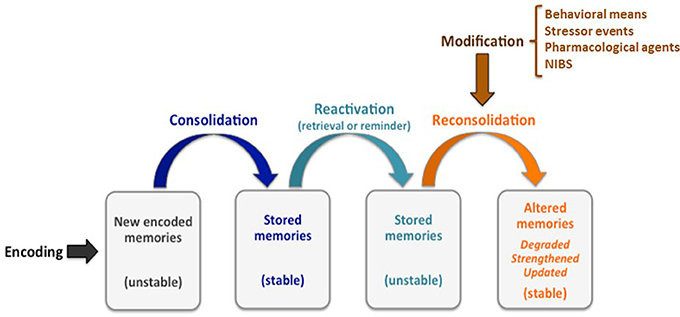Repetition suppression and plasticity in the human brain Marta I. Garrido,1 James M. Kilner,1 Stefan J. Kiebel,1 Klaas E. Stephan,1 Torsten Baldeweg,2 and Karl J. Friston1

This is pretty chewy, that is complex and difficult to digest. Breaking it down, in line with what we experience, shows extreme priming implanted due to the endless looped seemingly irrelevant audio stimuli to the eventual "oddball" insertion of primed programming. Repeated audio stimuli will establish and fortify neural pathways. The more repetitions of the stimuli the more developed, capable and effective the neural pathway becomes. The more powerful a neural pathway is developed the increased effects it has on cognition and behavior. Extreme repetition of forced looped verbal statements may be able to prime powerful neural pathways. These primed pathways could be linked, with targeted association, in order to influence cognition and behavior, despite conscience knowledge or will, effecting a victims thought and behavior permanently.
Repetition suppression and plasticity in the human brain
Marta I. Garrido,1
James M. Kilner,1
Stefan J. Kiebel,1
Klaas E. Stephan,1
Torsten Baldeweg,2 and
Karl J. Friston1
Abstract
The suppression of neuronal responses to a repeated event is a ubiquitous phenomenon in neuroscience. However, the underlying mechanisms remain largely unexplored. The aim of this study was to examine the temporal evolution of experience-dependent changes in connectivity induced by repeated stimuli. We recorded event-related potentials (ERPs) during frequency changes of a repeating tone. Bayesian inversion of dynamic causal models (DCM) of ERPs revealed systematic repetition-dependent changes in both intrinsic and extrinsic connections, within a hierarchical cortical network. Critically, these changes occurred very quickly, over inter-stimulus intervals that implicate short-term synaptic plasticity. Furthermore, intrinsic (within-source) connections showed biphasic changes that were much faster than changes in extrinsic (between-source) connections, which decreased monotonically with repetition. This study shows that auditory perceptual learning is associated with repetition-dependent plasticity in the human brain. It is remarkable that distinct changes in intrinsic and extrinsic connections could be quantified so reliably and non-invasively using EEG.
Keywords: connectivity, DCM, EEG, network, perceptual learning
Go to:
Introduction
We have previously used the roving paradigm and dynamic casual modelling (DCM) to search for optimum functional architectures underlying mismatch responses elicited by deviant and standard tones (
Garrido et al., 2008). We were able to show that one can account for these responses with changes in connectivity among distributed cortical sources. In this paper, we adopt a parametric DCM to examine the form of repetition-dependent connectivity changes that mediate the emergence of these response differences. In brief, we attempt to model plasticity or changes in connectivity as a function of repetition or time. With this new approach we were able to quantify the time course of repetition-dependent changes and show that connectivity reduces, both within and between cortical areas. This causes decreases in evoked responses;
i.e., repetition suppression, which manifests as a suppression of a mismatch responses, as an oddball becomes a standard. A key practical advance, afforded by this parametric DCM, is the ability to quantify the rate of experience-dependent plasticity non-invasively, using simple and established paradigms. Furthermore, because we use a physiologically informed model, one can assess plasticity separately in intrinsic and extrinsic connections. This may be useful in clinical and neuropharmacological studies.
Novel events, or oddballs, embedded in a stream of repeated events, or standards, produce a distinct response that can be recorded non-invasively with electroencephalography (EEG). For example, the mismatch negativity (MMN) is the negative component of the waveform obtained by subtracting the event-related response to a standard from the response to an oddball, or deviant event. The MMN is believed to index of automatic change detection by pre-attentive sensory memory mechanisms (
Tiitinen et al., 1994). Recently, we provided evidence that the mechanisms underlying the MMN can be considered within a hierarchical inference or predictive coding framework (
Garrido et al., 2007). Within this account, the MMN is interpreted as a failure to suppress prediction error, which can be explained quantitatively in terms of coupling changes among and within cortical regions. The predictive coding framework accommodates two previous hypotheses; in the sense that it predicts the adjustment of a perceptual model of the current stimulus [
c.f.,
the model-adjustment hypothesis (
Winkler et al., 1996;
Näätänen and Winkler, 1999)] and entails adaptive changes in post-synaptic sensitivity during learning [c.f.,
the adaptation hypothesis (
May et al., 1999;
Jääskeläinen et al., 2004)]. The model-adjustment hypothesis postulates that the MMN reflects on-line modifications of a perceptual model that is updated when the auditory input does not match model predictions. In this context, the MMN is regarded as a marker for error detection, caused by a deviation from a learned regularity. In other words, the MMN is a response to an unexpected stimulus change and, from the point of view of predictive coding, signals prediction error:
The mechanisms underlying suppression of prediction error are closely related to repetition-suppression, in which “repeated experience with the same visual stimulus leads to both short and long-term suppression of neuronal responses in subpopulations of visual neurons” (
Desimone, 1996). This is closely related to stimulus-specific adaptation (
Pérez-González et 2005) in the auditory system, where “fast, highly stimulus-specific adaptation and slower plastic mechanisms work together to constantly adjust neuronal response properties to the statistics of the auditory scene” (
Nelken 2004). Repetition suppression is a ubiquitous phenomenon that speaks to both predictive coding (
e.g.,
Friston, 2005) and models of perceptual inference and learning (
e.g.,
Desimone, 1998). Predictive coding models of perceptual inference and learning suggest that all experience-dependent effects, and in particular repetition-effects (from postsynaptic adaptation to semantic priming), are mediated by changes in synaptic efficacy; either short or long-term. These changes are driven by associative plasticity to optimise predictions of sensory input and therefore explain away prediction errors more efficiently. This enhanced ‘explaining away’ may be a useful perspective on repetition-suppression, which rests on synaptic plasticity at the cellular level or changes in ensemble coupling at the macroscopic level. Critically, hierarchical inference, or predictive coding, also rests on optimising the relative influence of bottom-up prediction error and top-down predictions. This involves optimising the efficacy of intrinsic connections within an area or source (
Friston, 2008). Put simply, when an unpredictable stimulus occurs, units encoding prediction error should adapt, reducing the strength of unreliable prediction error signals. In short, hierarchical inference, using prediction error, provides a principled framework in which the model adjustment and adaptation heuristics become necessary for understanding sensory inference (see
Garrido et al., 2009).
Few studies have explicitly explored the role of stimulus repetition during auditory memory-trace formation.
Näätänen and Rinne (2002) found that later negative responses (>100 ms), in contrast to earlier responses, are elicited only by sound repetition. Others found that increasing the number of repetitions enhances responses to standard tones in both early (30-50 ms) and later components (60-75 ms) (
Dyson et al., 2005), localised in the primary and secondary auditory areas respectively (
Liegeois-Chauvel et al., 1994). Similarly,
Baldeweg et al. (2004) and
Haenschel et al. (2005) found that the MMN increases with the number of preceding standards and may be mediated by a repetition-dependent enhancement of a slow positive wave (50-250 ms) in the standard ERP (a repetition positivity - RP). In other words, the emergence of repetition positivity in standards underlies the mismatch negativity observed in a subsequent oddball.
Here we used a roving paradigm to test the hypothesis that repetition-dependent changes in electrophysiological responses to repeated stimuli are due to experience-dependent plasticity, or changes in connectivity. We show that stimulus repetition reduces connectivity, within and between cortical areas. This causes experience-dependent decreases in evoked responses;
i.e., repetition suppression, which manifests as a suppression of MMN components, as an oddball becomes sufficiently predictable to be considered as a standard.
continued
https://www.ncbi.nlm.nih.gov/pmc/articles/PMC2821573/#:~:text=This study shows that auditory,and non-invasively using EEG.











